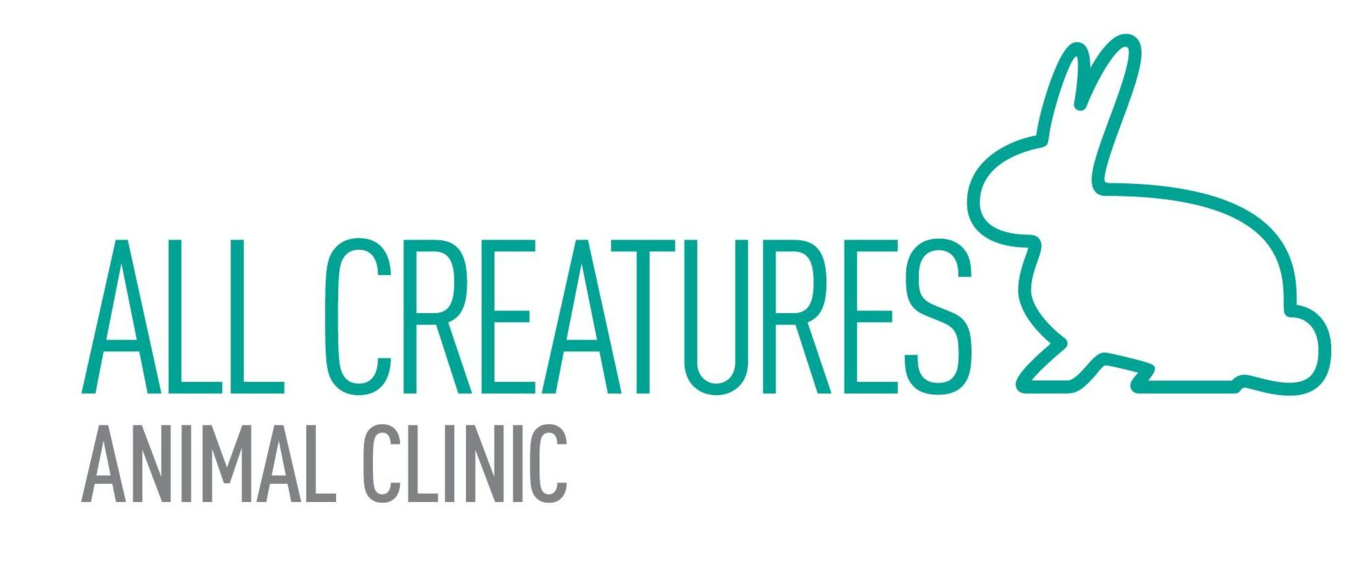Leopard Gecko
(Eublepharis macularius)
Feeding Young Geckos (<1 year)
Insects
Gut-loaded crickets daily
Occasional mealworms, superworms or wax worms as treats
Do not feed any insects that are wider than your gecko's head
Feed gecko in separate container or be sure to remove all uneaten crickets when done
*Crickets left in the enclosure can injure geckos
Allow 5-20 minutes of time to eat per feeding
Normally a gecko eats 2-10 crickets per feeding, but young geckos can eat up to 20
Vitamin Supplements
Dust insects with calcium/vitamin D powder 4-5 times per week
Dust with a multivitamin once per week
Multivitamin must contain pre-formed vitamin A (NOT beta-carotene)
Feeding Adult Geckos (>1 year)
Insects
Gut-loaded crickets 2-3 times per week
Occasional mealworms, superworms or wax worms as treats
Feed gecko in separate container or be sure to remove all uneaten crickets when done
Allow 5-20 minutes of time to eat per feeding (2-10 crickets eaten)
Vitamin Supplements
Dust insects with calcium/vitamin D powder 2-3 times per week (at every feeding)
Dust with a multivitamin EVERY OTHER week
Multivitamin must contain pre-formed vitamin A (NOT beta-carotene)
Gut-Loading Crickets:
Allow crickets access to food and water in a small enclosure for at least 12 hours
Provide water (electrolyte cubes, soaked paper towel, water dish)
Provide food (dog food, cat food, tropical fish flakes, fresh fruits and veggies)
Water
Offer a shallow water dish that your gecko can fit all of their body into and get in/out of easily
Clean the bowl and change the water daily
Mist cage daily with water- more frequent misting may be required during sheds
Soak your gecko in chest-deep lukewarm water 15 minutes 2-3 times per week
Housing
Ideal enclosure size is a 20-30 gallon aquarium or similar sized enclosure
A 10 gallon tank is sufficient for a juvenile gecko
Line the cage bottom with newspaper, paper towel, indoor-outdoor carpeting (Repticarpet)
Avoid sand, gravel or woodchip substrate
Provide branches and or rocks to climb on
Provide a hiding spot in the warm side of the enclosure (over the heating pad)
Geckos do best when housed singly
Lighting and Temperatures
Place a heating pad under half of the enclosure (no basking light is required)
Ceramic heat lamps can be used to provide extra heat if needed
Avoid heat sources that your gecko can directly contact (hot rocks)- can cause severe burns
Temperature should be 70-75 F on the cool side and 90-95 on the warm side
Place a thermometer on both sides of the enclosure and measure the temp where they sit
Medical
We recommend yearly physical examination
Stuck shed (dysecdysis): Geckos shed several times per year. Often, the shed skin will become stuck on the eyes, toes and mouth. Increasing soaks and misting the enclosure more frequently can help with the shedding. A humid hide box is also helpful. If shed skin does not fall off on its own or with gentle manipulation, veterinary care should be sought.
Sand impaction: Sand ingestion is common and can solidify in the intestine and cause a blockage. Signs of a blockage include anorexia, regurgitation, and inability to pass stool.
Low calcium: Geckos that are not properly supplemented with calcium/vitamin D can develop signs such as shaking, stumbling, and weakness. They need immediate veterinary care.
Human Health Risks
Some geckos carry salmonella on their skin- always wash hands after handling (especially kids)
Make sure all heating elements are secured in place away from flammable materials
Do not over-burden power outlets with multiple lights and heating elements
Resources
All Creatures Animal Clinic: allcreaturesvet.net, 734-973-1884
Melissa Kaplan's Herp Care Collection: www.anapsid.org
Nationwide Pet Insurance: www.petinsurance.com


